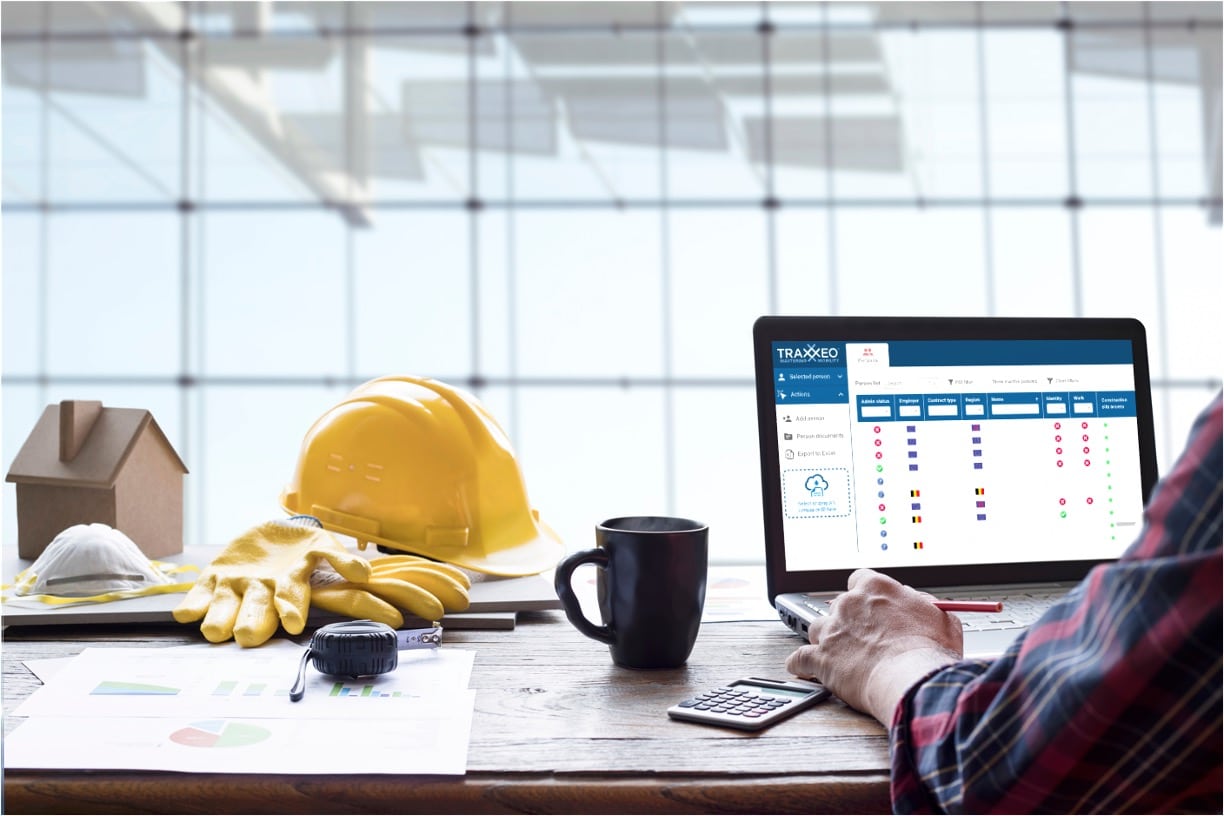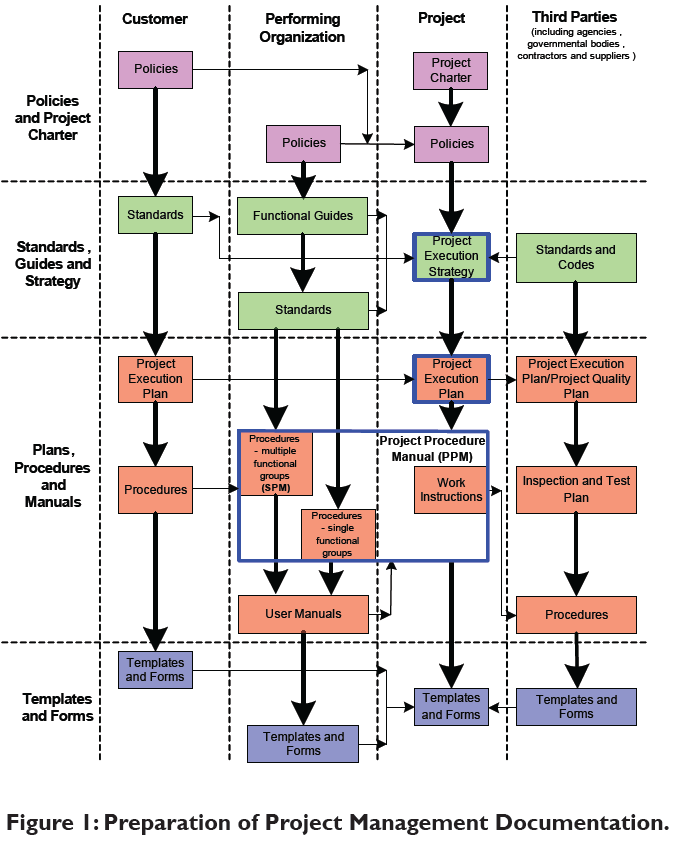Optimizing Project Cooperation: Architect's Ideal Practices in Building Record Monitoring
In the detailed world of architectural tasks, the efficient administration of building and construction records stands as a cornerstone for success. In the middle of this intricacy exists a critical question: exactly how can designers simplify collaboration processes to improve task end results?
Leveraging Cloud-Based Platforms
Leveraging cloud-based platforms is a basic approach for modern designers in maximizing construction paper monitoring procedures. By transitioning from traditional paper-based systems to shadow remedies, engineers can simplify cooperation, boost paper availability, and boost total job effectiveness. Cloud-based platforms offer architects the capacity to shop, share, and upgrade construction records in real-time, making certain that all staff member have access to the most existing info regardless of their place. This ease of access promotes smooth communication and coordination amongst job stakeholders, resulting in less mistakes and delays in the construction procedure.
Additionally, cloud-based platforms give a protected setting for keeping delicate project details, supplying file encryption, normal backups, and individual permission setups to protect data honesty. Designers can additionally benefit from the scalability of cloud options, allowing them to change storage space capacity and performance based on project needs. In general, leveraging cloud-based systems empowers designers to maximize their building record management procedures, driving greater partnership, performance, and success in their projects.
Executing Variation Control Equipment
Having established the benefits of cloud-based systems in building and construction record management, engineers can now improve their paper control procedures by implementing Version Control Systems. Version Control Solution (VCS) are crucial devices that track changes in documents, guaranteeing that employee are always dealing with the most recent and most accurate information. By implementing VCS, architects can maintain a centralized repository where all project files are kept, allowing seamless partnership while lessening the threat of mistakes and variation disputes.
One secret benefit of Variation Control Solution is the capacity to track the total background of file modifications, enabling individuals to go back to previous variations if needed (construction document management). This feature is specifically beneficial in building and construction projects where style iterations and modifications are usual. VCS helps with far better interaction amongst group members by supplying a clear audit path of who made certain modifications and when they were made. This transparency not only improves accountability but likewise assists in solving disputes or inconsistencies that might develop throughout the project lifecycle.
Developing Communication Procedures
To ensure effective and effective task control, architects have to establish clear and robust communication procedures within their building and construction document management processes. Communication methods specify the methods, frequency, and channels through which employee exchange details, updates, and feedback. One vital facet of developing these methods is figuring out a centralized interaction system where all project-related discussions and record sharing can take location. This system could be a project administration software program, email threads, or cloud-based storage space services. By setting guidelines on exactly how details is distributed and just how staff member connect with each other, designers can simplify the flow of information and protect against miscommunications or hold-ups in the building and construction procedure.
Furthermore, communication protocols must likewise consist of guidelines on exactly how to deal with conflicts, modification orders, and urgent issues that might emerge throughout the task lifecycle. Establishing an organized approach to interaction guarantees that all stakeholders get on the very same go to website web page, advertises transparency, and inevitably adds to the successful conclusion of the building job.
Making Use Of BIM Software Application for Coordination
BIM software application plays a pivotal function in boosting coordination among project employee in the building and construction industry. Structure Details Modeling (BIM) assists in partnership by offering a central platform where architects, designers, contractors, and other stakeholders can function together in a worked with fashion. With BIM software program, task participants can access and upgrade a common design which contains thorough information concerning the building style, construction elements, and job routines.

In addition, BIM software program enables real-time partnership and interaction among employee, no matter of their physical location. With cloud-based BIM platforms, job stakeholders can access the most up to date job info, track adjustments, and make notified choices immediately. In general, leveraging BIM software for control boosts task performance, productivity, and ultimately brings about effective project Resources outcomes.
Ensuring Information Protection and Conformity
In the realm of construction file administration, protecting information integrity and guaranteeing regulative compliance are extremely important considerations for engineers and other job stakeholders. Architects should carry out robust security procedures to shield sensitive project info from unauthorized access or violations.

Conclusion
To conclude, engineers can enhance project collaboration in building document administration by leveraging cloud-based platforms, implementing version control systems, developing interaction methods, utilizing BIM software program for coordination, and making certain information safety and compliance. These ideal methods help enhance the building and construction process, boost interaction amongst job stakeholders, and boost effectiveness in task distribution. By adhering to these standards, architects can successfully manage building and construction records and facilitate effective project outcomes.
Through BIM software application, project individuals can access and update a shared version that consists of in-depth details about the structure style, building components, and task schedules.
Via cloud-based BIM systems, job stakeholders can access the latest task info, track modifications, and make notified decisions quickly - construction document management. Generally, leveraging BIM software program for sychronisation enhances task efficiency, performance, and eventually leads Recommended Site to effective project results
In final thought, architects can enhance project cooperation in construction record monitoring by leveraging cloud-based systems, implementing version control systems, developing interaction protocols, using BIM software program for coordination, and guaranteeing data safety and security and conformity. These best techniques help simplify the building and construction process, enhance communication amongst task stakeholders, and boost performance in project distribution.